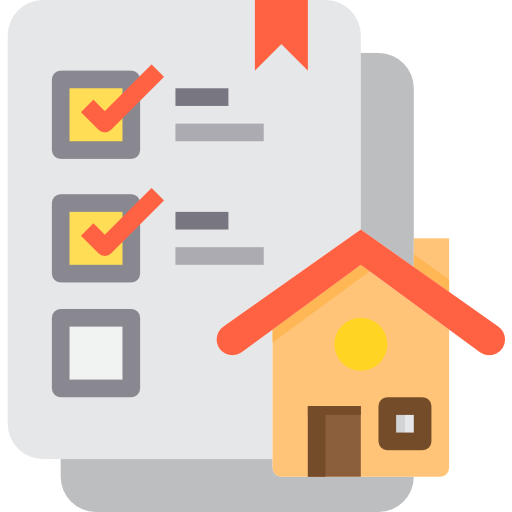The Steps to Refinancing
AnnieMac Education Center
Owning a home is a serious investment. Refinancing is one way you can use your home to leverage your investment. When the time is right, refinancing is a great option to lower your monthly payments, get a better interest rate, or change your loan type to save money.
What is a Mortgage Refinance?
Refinancing your mortgage is simply the process of receiving a new loan for your home. When you refinance your current home loan, the new mortgage loan pays off the old one, leaving you with one loan and one monthly payment.
Why Should I Refinance?
There are many reasons to refinance a home loan. Here are some of the top reasons to refinance your mortgage:
- Change Your Loan Term - Many people refinance to shorten their loan term and save on interest. Refinancing can help you get a better interest rate and help you pay less overall. You can also lengthen your loan term to lower your monthly payment if your current payment is too high.
- Lower Your Interest Rate - Interest rates are constantly changing and if rates are better now than when you got your loan, it may be time to refinance. Lowering your interest rate will lower your monthly payment and you will pay less interest over the life of your loan.
- Change Your Loan Type - Changing loan types may benefit you and save you money over time. If you initially got an adjustable rate mortgage to save on interest, it may be smart to switch to a fixed-rate mortgage while rates are low. Or, maybe you have enough home equity to refinance your FHA loan to a conventional loan without paying private mortgage insurance.
- Cash Out Your Equity - A cash-out refinance is when you borrow more than you own on your home and pocket the difference in the form of cash. Many homeowners use this cash for home improvement, debt consolidation, or other home expenses.
The Refinancing Process
The refinancing process is much simpler than the home buying loan process despite the similar steps involved. Here is how to refinance your home:
-

Apply
The first step with any loan is to apply and wait for your lender to contact you with further steps. When you apply to refinance, your lender will ask for the same information as you gave them when you bought your home. They will assess your income, assets, debt, and credit score to determine if you can afford a new mortgage. Your lender may require copies of your two recent pay stubs, two most recent W-2s, and recent bank statements. The same documents will be required from your spouse if you are married.
You do not have to refinance with your current lender. If you decide to choose a different lender, the new one will pay off your current loan and end your business with the other lender. Shop around and compare quotes as your current lender may not be offering the best rates.
-

Lock in Your Interest Rate
After you have gotten approved, your lender may give you the option to lock in your interest rate. This will ensure that your interest rate does not change before you close on your loan. Rate locks last anywhere between 15 - 60 days and depends on your location, loan type, and lender. If you are happy with the current rates at the time you are applying, then it is a good idea to lock your rate.
-

Underwriting
After you submit your application, the underwriting process will begin. During underwriting, your lender will verify your financial information and make sure that all paperwork and information you submitted is accurate.
Your lender will also verify all details of the home you are buying and will conduct an appraisal of the property to determine the home’s value. Appraisals are very important to the refinancing process because it determines what new options are available to you. If you are trying to lower your monthly mortgage payment, the appraisal value could impact whether you have enough home equity to get rid of private mortgage insurance.
-

Home Appraisal
When you are refinancing your home loan, you will need to get an appraisal to move the process forward. Your lender will order the appraisal, the appraiser will then visit the property, assess your home, and send you an estimate of your home’s value
Before the appraisal arrives, it is helpful to tidy up your home and ensure that it looks its best. Complete any minor repairs and make sure your outside is given attention to as well. Also, put together a list of improvements and repairs that you have made since moving in
Close On Your New Loan
Once the underwriting and appraisal processes are complete, it is now time to close on your loan. Your lender will send you a Closing Disclosure to review and sign. This document will state all the final numbers and payments for your new loan.
A closing for a refinance goes much faster than a home purchase and should be completed without any problems. At the closing, you will go over all the details of the loan and sign all remaining documents. This is where you will also pay any closing costs or receive cash if you are doing a cash-out refinance.
In Conclusion
Refinancing your mortgage can save you money and be helpful in lowering the total interest you owe on your loan. Our team at AnnieMac understands the importance of refinancing your current home loan. Our professional loan officers will help you through every step of the process and ensure that you are making the best financial decisions.